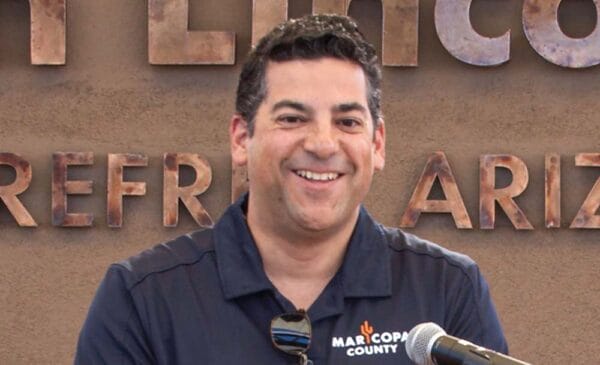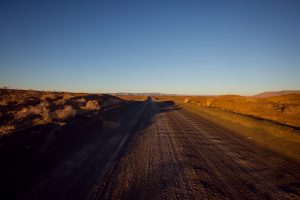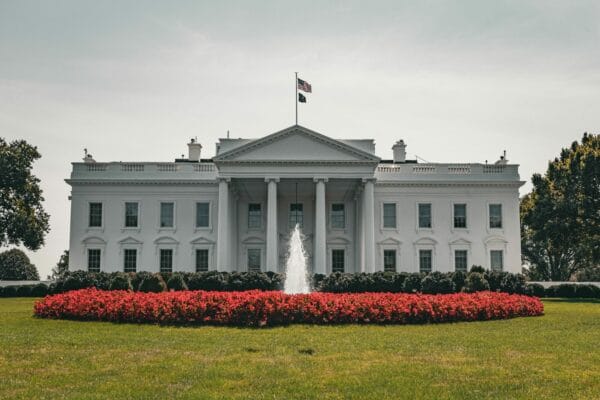
By Jeff Spross | Climate Progress
As climate change makes the regions of the West, Southwest, and Great Plains warmer and drier, water demand will continue to increase, and the combined effect will place an ever greater burden on the country’s fresh water supplies — possibly completely draining important reservoirs in those areas, under some scenarios. That’s according to a new study authored by researchers with Colorado State University, Princeton and the U.S. Forest Service, and flagged yesterday by Summit County Citizens Voice.
This is consistent with other studies on the risk of future water shortages: The Department of the Interior is anticipating that by 2060 the gap between river supply and water demand in the states of the Colorado River Basin will be 3.2 million acre feet due to climate change. Research published in Environmental Science and Technology found that by 2050 one third of U.S. counties could face “high” or “extreme” risk of water shortage. And the International Energy Agency determined that if current policies remain in place, fresh water use by the energy industry alone could more than double — from 66 to 135 billion cubic meters annually by 2035.
Climate change, substantially driven by global warming and humanity’s carbon emissions, is anticipated to lead to more weather extremes in various areas — longer periods of low precipitation and water shortage in many areas, interspersed with greater deluges. And, of course, higher average temperatures to bake the same regions as they dry out. The Forest Service study used a number of different scenarios in its models, assuming different levels of future population growth, economic growth, and temperature increases:











